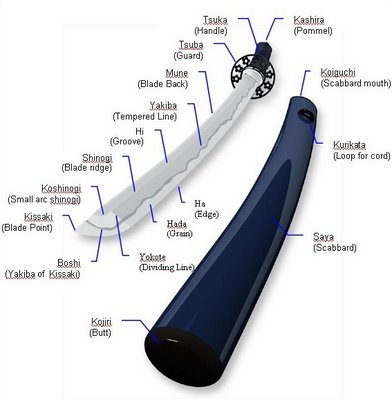Imagining a hammer is quite misleading when applying it to a pool stroke. The elbow extending with a hammer where as the biceps shorten and the triceps elongate during a pool stroke is the opposite arm movement.I'm trying hard to imagine a cue in this guy's hand. I think the pictures shown are somewhat misleading, unless he was holding a hammer or fly swatter.
There's no way he could thrust a cue forward with that hand action. I understand the reasoning but the picture needs to show a downward arm position.
The easiest way to do it is to have the forearm hanging by your side stood up and move your wrist so make your index and thum knuckles go forward, infront of the forearm. That's the starting position and the wrist naturally gets pushed back when you follow through. You generate very little power by just the wrist movement alone when hitting a ball, I'd be suprised if anyone can get it more than a foot, but CJ insists it adds power to a stroke.
I can't see how it does personally, and haven't experienced it when playing, so I do pretty much the opposite and can get the CB to travel 2ft with just wrist movement alone.
